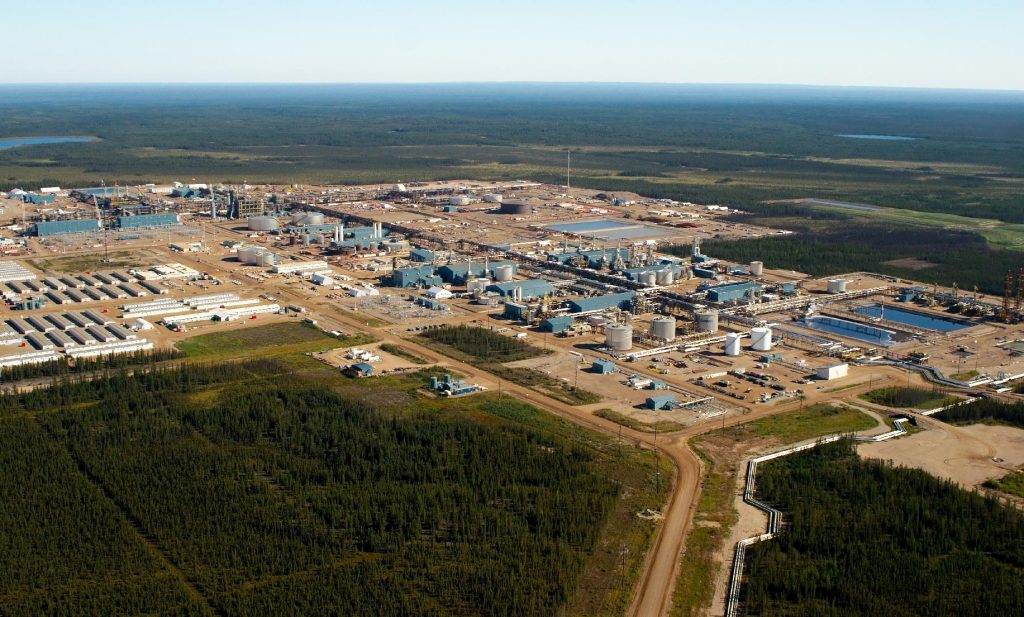Alberta government to provide some certainty around the issue of oilsands cleanup

By Bruce Lantz
There is much at stake — and some controversy — as the Alberta government studies how oilsands companies can best clean up after their work in the field.
For a year, after two highly critical reports from the Alberta auditor general, the government has held consultations on potential reforms to the Mine Financial Security Program (MFSP), which is designed to protect Albertans from oilsands closure costs while maximizing the industry’s opportunities for resource development. The MFSP manages liabilities by collecting financial security from project owners and protects the public from paying for project closure costs instead of the companies that own them.
The MFSP dictates that, at the end of a project’s life, the company that owns the operation must remove all infrastructure and return the land to how it looked and how it was used before development took place. Companies must provide a full security deposit based on the estimated liabilities at the beginning of the project that guarantees that this work will be done.
The Alberta government began considering implementing some reforms in January 2022, after the auditor general’s reports, and held a series of meetings with industry representatives and area First Nations, but no public hearings were held, and no public input was sought. Government has said it expects to complete the program review in 2023 and any changes deemed necessary would be implemented starting in 2024.
“The Pathways Alliance appreciates the opportunities provided by Alberta Environment and Protected Areas (AEPA) to participate in the Mine Financial Security Program review and to hear from indigenous communities as part of that engagement,” Mark Cameron, vice-president of external relations at Pathways Alliance, told Resource World Magazine. “We understand that AEPA is currently finalizing reporting relative to the MFSP review, and we are awaiting that information.”
Oilsands cleanup costs have long been a concern. Official estimates say current cleanup costs would total $33 billion, while estimates from the Alberta Energy Regulator suggest it could be as much as $130 billion. Thus far, industry has reportedly only put up 4% of the lower figure, and that percentage is shrinking as the liability grows. Recently the Alberta Energy Regulator began accepting a type of demand bond issued by an insurance company instead of cash reserves or a line of credit, although it’s not clear how many companies are using such bonds. But some experts say that only allows producers to delay reserving the billions of dollars required for oilsands cleanup, and others say it mars the integrity of the entire review process.
The question of reforming the MFSP has sparked controversy from various sectors in the province who feel the effort will not result in meaningful reform. Some have said the program is not designed for an increasingly low-carbon world and that assumptions used in the government’s modelling of the industry’s future were unconvincing and simplistic. After government held a series of meetings with industry and area First Nations, four First Nations submitted their concerns to government in a document.
“There’s no signal to me from this government that they are going to hold industry accountable for cleanup costs,” said Mikisew Cree First Nation’s Melody Lepine. She said the stakes could not be higher, with taxpayers having billions of dollars on the line and First Nations even more.
“We’ve got nowhere else to go, it’s been our home for thousands of years,” she said. “But if it becomes a toxic wasteland, will we be forced to leave? I don’t know.”
The cost of cleanup isn’t the only problem facing the oil patch. The oil and gas sector is experiencing a skills shortage, with the current workforce now 18% smaller than it was at its peak of 225,900 in 2014. But think tank Clean Energy Canada estimates there could be 200,000 clean energy jobs created by 2030. The federal government, meanwhile, is expected to table a ‘workforce transition’ bill in the spring which Ottawa says is meant to deal with economic changes expected on the heels of their ambitious goals to slash climate-warming emissions. That doesn’t sit well with the Alberta government, which says the legislation, if approved, will dismantle the oil and gas industry.
But amid those concerns, others welcome the Alberta government’s efforts to at least provide some certainty around the issue of oilsands cleanup.
“There has been a dramatic acceleration in retiring inactive oil and gas infrastructure in Western Canada,” Brad Herald, senior special advisor for the Canadian Association of Petroleum Producers, told Resource World.
“Industry, orphan well funds, the federal government and provincial governments have all played key roles in updating liability management policies and policy supports to make this happen. We look forward to the consultation process with the Alberta government on their proposed Liability Management Incentive Program and will work to ensure the momentum built in the reclamation of legacy sites in Alberta continues.”
Meanwhile, the industry must wait and see.
